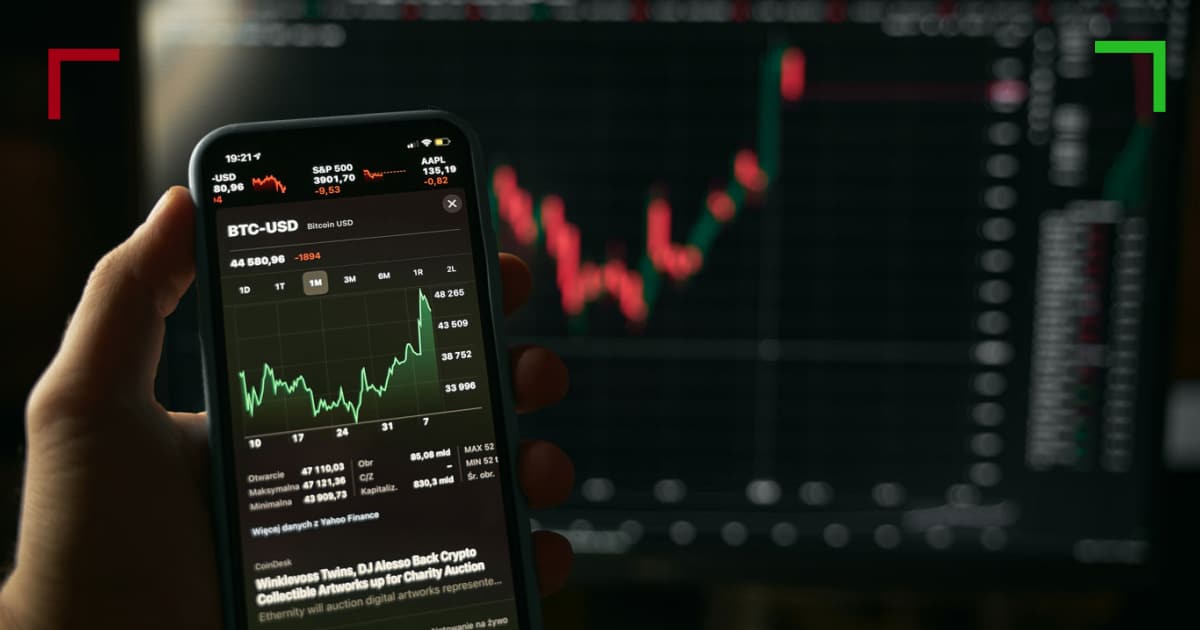Mastering the Market Essential Crypto Trading Indicators

Mastering the Market: Essential Crypto Trading Indicators
In the dynamic world of cryptocurrency trading, the right indicators can make all the difference in executing successful trades. Crypto Trading Indicators https://www.newsvoir.com/index.php?option=com_search&page=2087&keyword=, traders can better analyze market trends, gauge price movements, and make informed decisions. This article will explore essential crypto trading indicators that can enhance your trading efficiency and effectiveness.
What Are Trading Indicators?
Trading indicators are statistical computations based on historical price, volume, or open interest information that traders use to evaluate market conditions. They are particularly important in cryptocurrency trading, as the market is highly volatile and can change rapidly. Traders utilize these indicators to forecast future price movements and identify advantageous trading opportunities.
Types of Crypto Trading Indicators
There are numerous trading indicators utilized in the cryptocurrency market. Understanding the various types will help you select the ones that best align with your trading strategy.
1. Trend Indicators
Trend indicators help traders identify the direction of the market, whether it’s bullish, bearish, or sideways. One of the most popular trend indicators is the Moving Average (MA). Moving averages smooth out price data to create a trend-following indicator. There are two main types: Simple Moving Average (SMA) and Exponential Moving Average (EMA). The EMA gives more weight to recent prices, making it more reactive to new data.
2. Momentum Indicators
Momentum indicators measure the speed of price movement and can be very helpful for identifying overbought or oversold conditions. A widely used momentum indicator is the Relative Strength Index (RSI), which ranges from 0 to 100. An RSI below 30 is typically considered oversold, while an RSI above 70 suggests overbought conditions. Another important momentum indicator is the MACD (Moving Average Convergence Divergence), which shows the relationship between two moving averages of a security’s price.
3. Volume Indicators
Volume indicators gauge the strength or weakness of a price trend by measuring the number of assets being traded over a certain period. One effective volume indicator is the On-Balance Volume (OBV), which combines price direction and volume into a single line. The idea is that volume precedes price movement, and a significant increase in volume can signal an impending price move.

4. Volatility Indicators
Volatility indicators indicate how much the price of an asset fluctuates over a specific period. The Average True Range (ATR) is a well-known volatility indicator, providing insights into market volatility. A high ATR value indicates increased market volatility, while a low ATR value signifies a calmer market. Traders often use this indicator to determine risk and set stop-loss orders.
5. Support and Resistance Indicators
Support and resistance levels are crucial for technical analysis. These levels help traders determine entry and exit points. Support is where a downtrend can pause due to buying interest, while resistance is where an uptrend can pause due to selling interest. Traders often use Fibonacci retracement levels to identify potential support and resistance areas.
Combining Indicators for Better Analysis
While individual indicators can be helpful, combining them can provide a more robust trading strategy. For example, using a trend indicator in conjunction with a momentum indicator can give a clearer picture of market conditions. A trader might look for a trend (using MA) and then confirm its strength with an RSI. This layered approach can reduce false signals and enhance trading decisions.
Common Mistakes to Avoid
When using crypto trading indicators, traders should be cautious of several common mistakes:
- Over-reliance on Indicators: No indicator is foolproof. Relying solely on indicators can lead to poor decisions. Always consider fundamental analysis and market news.
- Using Too Many Indicators: While combining indicators can be beneficial, using too many can create confusion. Stick to a few reliable indicators that complement your strategy.
- Ignoring Market Trends: Indicators are more powerful when used in context with the prevailing market trends. Always keep an eye on the broader market sentiment.
Final Thoughts
Crypto trading indicators are essential tools that can significantly improve your trading strategy. Whether you’re a beginner or an experienced trader, understanding how to use these indicators effectively can help you navigate the volatile world of cryptocurrencies with confidence. Continuous learning, practice, and adaptation to changing market conditions remain the keys to successful trading.
In conclusion, embracing indicators as part of a comprehensive trading approach can enhance your decision-making process. Always remember to combine indicators with sound risk management practices to ensure your trading remains both strategic and secure.
Leave a Reply